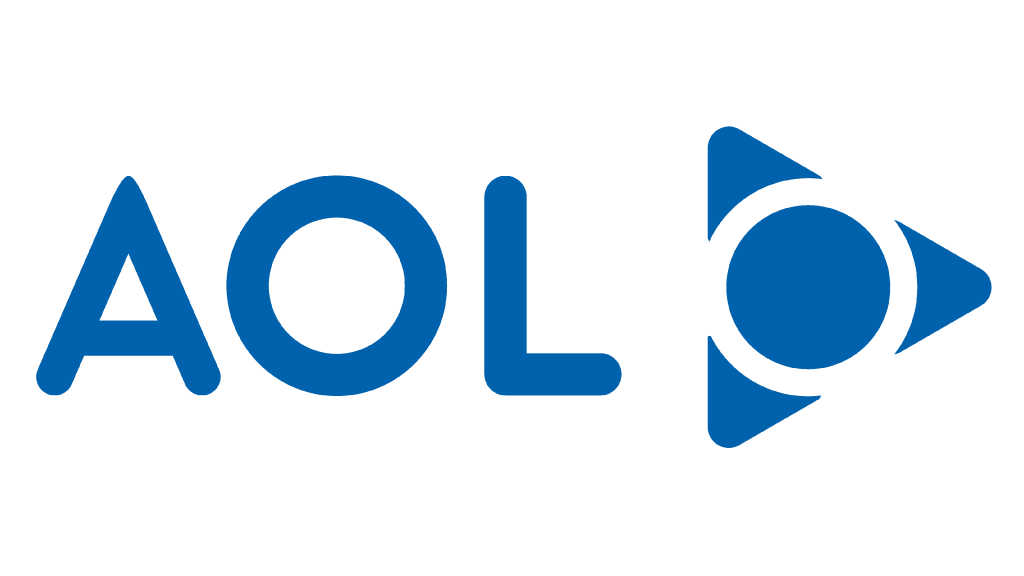The Rise And Fall Of America Online
America Online started as a gaming company and made strategic acquisitions to become the world's largest internet service provider, but ultimately succumbed to the devaluation that occurred following the dot-com bubble burst and could never fully recover.
This article is more than 2 years old

America Online, or AOL, was the pinnacle representation of the internet in the 1990s and early 2000s. AOL shaped a generation of web surfers during the era that is now known as the dot-com bubble. Hearing “You’ve Got Mail” not only made getting e-mail exciting, but it became so ingrained into the cultural vernacular of the time that it inspired a movie featuring Hollywood darlings Tom Hanks and Meg Ryan, and honestly, AIM (AOL Instant Messenger) was texting before texting.
So what happened? How did this information super highway titan fall? And what actually gave rise to its reign (albeit rather short) in the first place? America Online’s story is one of perseverance, tenacity, determination, hubris, and, ultimately, a lack of foresight.
America Online Began As A Gaming Company
Before America Online was America Online, it was Control Video Corporation (CVC). In 1983, CVC stayed alive by selling its one and only product—GameLine. It was essentially what would be considered today the precursor to online gaming. It was marketed for the console of the day, the Atari 2600. GameLine was a modem that connected to the Atari and allowed players to download games and post their high scores in real-time.
In practicality, though, GameLine was flawed. It only worked on a temporary basis, and users could only download one game at a time. Additionally, it’s important to consider the time period of its existence. In the early 1980s, the video game industry as a whole was not in a good place. Thus, an inherently flawed product coupled with the decrepit state of the video game industry ultimately led to CVC’s demise.
Out of CVC’s ashes came Quantum Computer Services. Quantum’s strategy was to tap into the home computing market. Quantum marketed its products directly to Commodore 64 and Apple II users. Put simply, it created customized software for the commercial market. Quantum officially evolved to become America Online in 1989.
Initially, America Online still focused on developing internet gaming software, but by 1993 that had changed. The company developed a user interface (UI) that allowed for open access to the internet and began marketing itself as a low barrier to entry for those unfamiliar with computers.
Acquisitions Are What Catapulted AOL To The Top
After going public and completing a series of acquisitions, America Online exploded in popularity and user-ship. In 1997, AOL acquired both CompuServe and Netscape. The former was the nation’s other big online service provider (OSP). These two strategic acquisitions led America Online to become the US’s largest internet service provider (ISP).
According to Time, by the turn of the millennia, more than half of all internet subscribers in the United States were connected via America Online. At the time, the company’s only problem was figuring out the best way to increase and enhance its servers in order to adequately service its immense subscriber base.
Between the late 90s and early 2000s, America Online thrived. In 2000, the company was worth $125 billion; adjusted for inflation today, that would equal a net worth of approximately $217 billion. Then came the dot-com bubble burst.
America Online Suffered When The Dot-Com Bubble Burst
In 2002, issues started cropping up for America Online. The company had merged with Time Warner two years prior, and things weren’t going as smoothly as planned. Instead of continuing to grow exponentially as forecasters had hoped, subscribership has started to slow. Additionally, AOL’s big bet on broadband internet was slow to catch on. All indications that the seemingly impenetrable dot-com bubble was about to burst.
The dot-com era, which America Online largely spearheaded, was one where many companies focused solely on providing internet services. Essentially, AOL and companies like it put all of their eggs in one basket. Additionally, during this period, Wall Street grossly overestimated the value of these one-track companies.
When America Online merged with Time Warner, that overvaluation began to change. Stocks started declining, and the combination of a market flooded with similar companies and a lack of diversification in their business models is what ultimately caused these companies to come crashing down.
Despite its size, AOL was not immune and was brought to its knees right alongside its competitors. The company suffered an almost immediate $200 billion collapse. That still wasn’t enough for the company to give up, however.
Throughout 2004 and 2005, America Online tried to diversify its company by expanding its offerings and including personalized touches in its software. For instance, the ISP enabled the “You’ve Got Mail” catchphrase to be personalized with one’s name. So instead of simply “You’ve Got Mail,” one would hear “[Insert Name], You’ve Got Mail.” Alas, America Online’s best efforts were not enough to dig it out of the trench it was stuck in.
AOL Has Been Reduced To A Brand Owned By Yahoo
In 2009, America Online officially severed ties with Time Warner. In the years following the separation, the company continued to try and diversify its business, diving into packaging and selling security software and, at one point, even purchased the Huffington Post. They eventually achieved moderate success, becoming profitable again in 2013.
AOL continued diversifying, and by 2015 they attracted the attention of Verizon. At the time, Verizon was looking to beef up its media division. After purchasing AOL in 2015, Verizon also purchased Yahoo in 2016 and merged the two companies together. In 2020, pivoting its business model again, Verizon sold off its America Online/Yahoo fusion.
Today, AOL’s fragments remain a division of Yahoo under Apollo Global Management. And it still maintains a headquarters in New York City, existing as but a glimmer of the titan it once was. In perhaps fitting irony, the once mighty ISP’s DNA has been strung about the internet, its ashes identifiable in the users who remember it and the companies who acquired it. America Online rose to define the internet and fell to the very monster it birthed.








